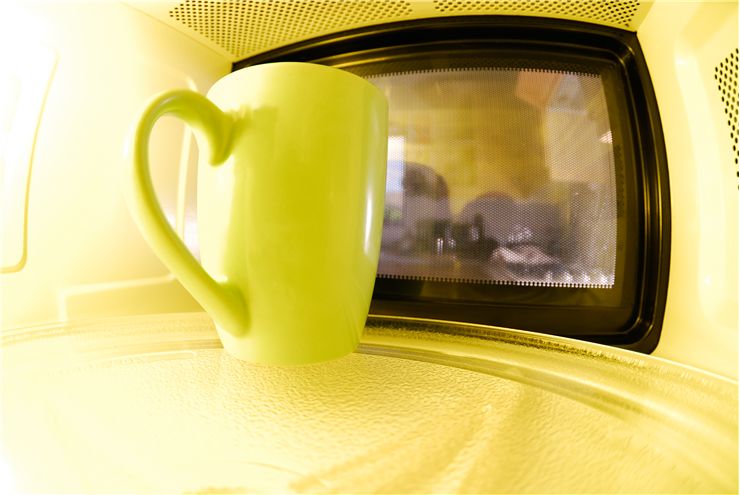Interesting Facts about Microwave Ovens
Here are some facts about microwave ovens:
- Microwave oven is a direct descendant of radar.
- The first microwave oven that was commercially available had 1.8 meters in height and weighed 340 kilograms. It used three times as much power as today's microwave ovens, and was water-cooled.
- Microwaves are reflected by metal.
- The heating effect of microwave radiation was discovered accidentally in 1945.
- The first food to be deliberately cooked with a microwave was popcorn.
- The first public use of a microwave oven was in January 1947. Speedy Weeny vending machine was placed in Grand Central Terminal and it sold freshly prepared hot dogs.
- The short, wide shape of a microwave oven, that is now common, was developed by Litton Industries in the ‘60s.
- The U.S. Bureau of Labor Statistics says that over 90% of American households owned a microwave oven in 1997.
- Consumer ovens usually use microwaves of 2.45 gigahertz while large industrial/commercial ovens often use 915 megahertz microwaves.
- Microwave heating is the most efficient on the water because of its dipole molecules and less efficient on fats and sugars.
- A common idea that microwave ovens cook food "from the inside out" is a misconception.
- A microwave oven converts only part of its electrical input into microwave energy - some 64%.
- Food and cookware taken out of a microwave oven are rarely much hotter than 100 °C.
- When used for reheating leftover food, bacterial contamination may not be repressed if the safe temperature is not reached, which results in foodborne illness.
- If used as they are meant to, microwave ovens does not affect the nutrient content of foods any differently than conventional heating, several studies have shown.
- When cooked in microwave oven, spinach retains nearly all its folate. It loses about 77% when cooked on a traditional stove.
- If homogeneous liquids are heated in a microwave oven in a container with a smooth surface they can superheat which means that they can achieve temperatures higher than their normal boiling point but without bubbles of vapor forming inside the liquid. When disturbed they can literally explode and hurt the one that handles them.
- When heated in a microwave oven, closed containers like egg can explode due to the increased pressure from steam that builds inside them.
- Any metal or conductive object placed in the microwave oven will work as an antenna and generate an electric current. If it has points it will create an electric arc.
- Microwave oven works on the principle of dielectric heating.
- Inventor of the microwave oven is Percy Spenser. He noticed, while working on active radar set, that a chocolate that he had in his pocket started to melt.
- Before they became known as microwave ovens they were called electronic ovens.
- The cooking chamber (a metal box where the food is placed and exposed to microwaves) is similar to a Faraday’s cage and prevents the waves from coming out of the oven.
